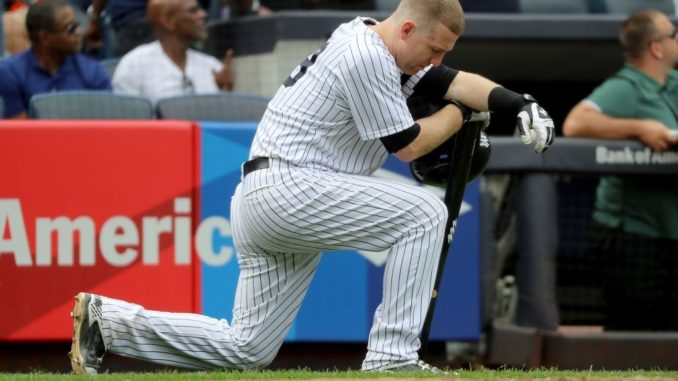
Fed up with fan injuries, a die-hard, lifelong baseball fan steps up to the plate
BROOKLYN, N.Y., Aug. 6, 2019 /PRNewswire/ — Brooklyn realtor and devoted baseball fan Jordan Skopp has a challenge to Major League Baseball: “Protect your fans now!” Fed up with an epidemic of injuries from foul balls hurtling into the stands, Mr. Skopp is offering to personally pay the cost to install protective netting at the Mets and Yankees’ stadiums.
Mr. Skopp grew up attending Mets game, and remains a die-hard fan and Citi Field regular – the kind who stays up past midnight to listen to West Coast Mets games on the radio. He notes that as of 2015, 1,750 spectators per year were injured at major league games, meaning an injured fan at most major league games. Following the 2017 horrific injury of a little girl at Yankee Stadium, teams were pressured into expanding the field-level protective nets from home plate to the end of the dugout. Still, a woman was killed by a foul ball at Dodger Stadium last year, a child was left with a skull fracture at an Astros game this season, and other fans have suffered brain injuries or required facial reconstructive surgery.
“Why hasn’t Major League Baseball taken the necessary action to protect their fans?” Mr. Skopp asks.
Mr. Skopp says there IS a model for how stadiums can be made far safer, while actually enhancing the fan experience. In Japan, where baseball is as popular as it is in the U.S., stadiums enclose the lower deck, and part of the loge or mezzanine, in protective netting from foul pole to foul pole. Japanese stadiums then offer a limited number of “Excitement Seats,” where fans expressly choose to sit close to the action, unprotected by netting. Each Excitement Seat comes with a batting helmet and baseball glove. Japanese stadiums also repeatedly run vivid animations on the scoreboards, warning fans of foul ball dangers. U.S. ballparks typically run just one announcement per game, without graphics or visuals.
Full protective netting can be installed in five days, for less than $50,000.
Mr. Skopp also cites the Chicago White Sox and Washington Nationals as a bold, positive example: in July of this year, the White Sox and Nationals installed protective netting from foul pole to foul pole at their stadium.
“I would like to immediately join the Chicago White Sox and Washington Nationals with the courageous stand they took this year on fan safety. I’m willing to pay right now for the New York Mets and New York Yankees to install safety netting, from pole to pole, at their stadiums. Let’s act right now, to prevent more serious injuries before this season ends.”
Some argue that fans can stay safe by simply paying close attention to the game and getting out of the way, but Mr. Skopp says this argument is out of touch with reality:
“When a foul ball rips into the stands at over 100 miles per hour, you have a split second to react. Not even professional athletes on the field can always react quickly enough – how can we possibly expect fans, children, even stadium vendors selling food, to do better?”
A recent HBO documentary used a simulator, with fans seated behind protective plexiglass, to show that it was nearly impossible for fans to reliably move out of the way in time, even when they were paying rapt attention.
SOURCE Jordan Skopp

Leave a Reply